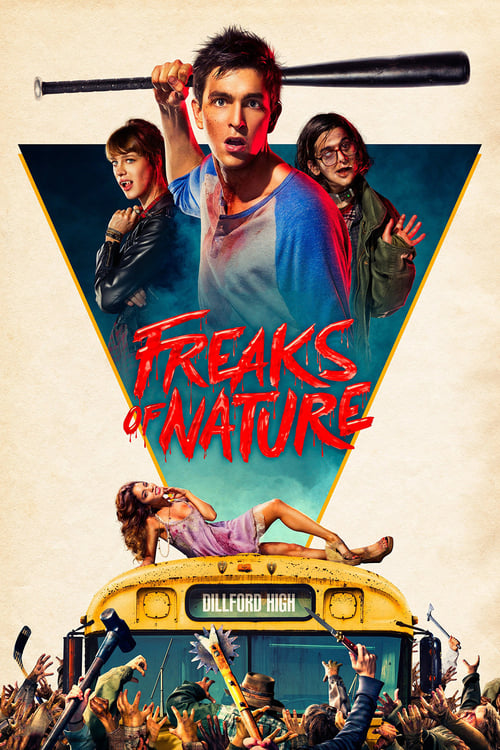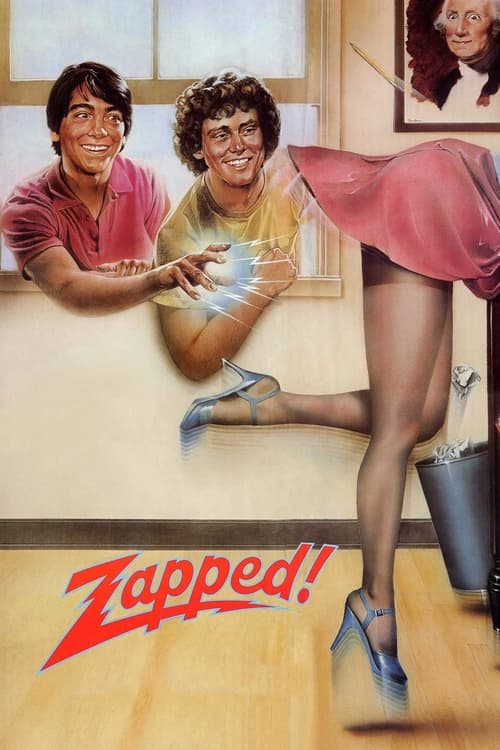
2020
Skin: A History of Nudity in the Movies
Documentary
7.0
User Score
47 Votes
Status
Released
Language
en
Budget
$0
Production
Plausible Films
Overview
The definitive documentary on the history of nudity in feature films from the early silent days to the present, studying the changes in morality that led to the use of nudity in films while emphasizing the political, sociological and artistic changes that shaped that history. Skin will also study the gender inequality in presenting nude images in motion pictures and will follow the revolution that has created nude gender equality in feature films today.
Review
Igbochild
7.0
More of a "greatest hits" of nudity in film than a balanced examination of the subject. This is not surprising considering that one of the producers of the documentary as well as an interview subject is Mr. Skin, who operates a website that features clips of movie nude scenes.
The documentary starts off reasonably well by discussing the earliest appearances of nudity in film and the forces inside and outside the motion picture industry that tried to suppress nudity and realistic depictions of sexuality on the screen. The time of the Production Code and its many restrictions on content is foundational to our understanding of the more permissive policies of today. However, once the film moves into the 1960s and the establishment of the modern rating system, it starts to lose its focus. Instead of selecting clips specifically to examine changing attitudes toward nudity and the disparate way that it is used in film, the filmmakers have chosen instead to highlight a series of "favorite" nude scenes through a mostly male gaze. Invariably this means a plethora of nude scenes involving young, attractive women with a few notable exceptions.
For example, the famous fantasy pool scene from "Fast Times at Ridgemont High" in which Phoebe Cates removes her bikini top in slow motion might delight fans of the female form, but it's not clear what it has to do with changing attitudes toward nudity. On the other hand, a clip of Kathy Bates baring all in a hot tub in "About Schmidt," or two men parading around naked in "Borat," seemed to be included only for amusement rather than to examine the various double standards and contradictions regarding who appears nude in a film and for what purpose.
A welcome addition to the film would have been discussions with social scientists, feminists, educators, parents, intimacy coordinators, nudists, and religious conservatives to get a fuller and more nuanced look at the subject. Another important element missing was more basic. No one in the film really asks the question: "What is nudity?" The latter is particularly true as it relates to different definitions based on the age and gender of the subject.
Nudity in film is certainly a worthwhile subject to be explored, because of all of its social, cultural, and political ramifications. The key is to find the right balance between different perspectives and explore them with a discerning eye. In the earlier part of the film, it is mostly successful, but in the modern section of the film, the filmmakers seem more interested in the visual appeal of (mostly female) nudity and not the many underlying issues around it.
Read More 



